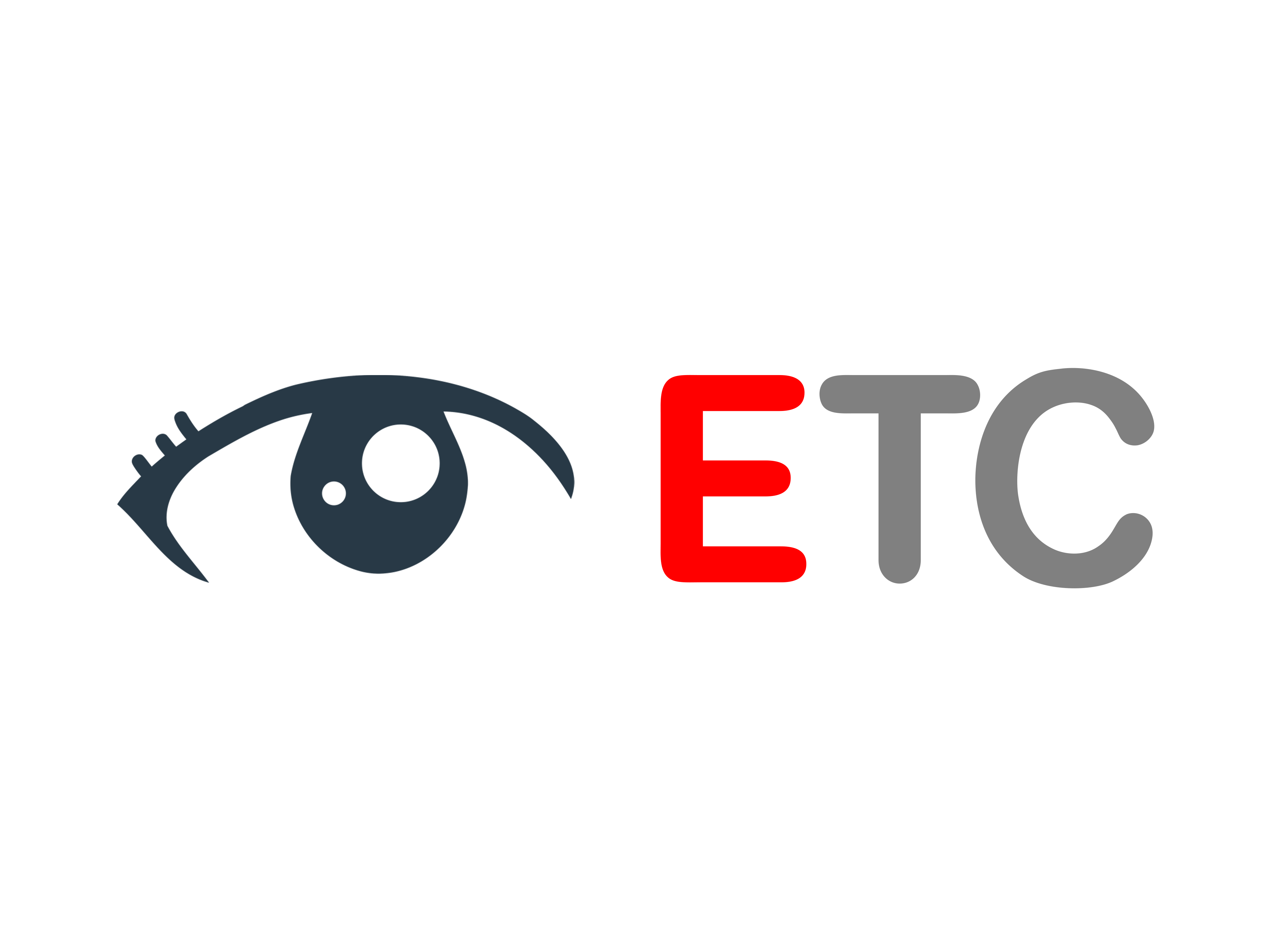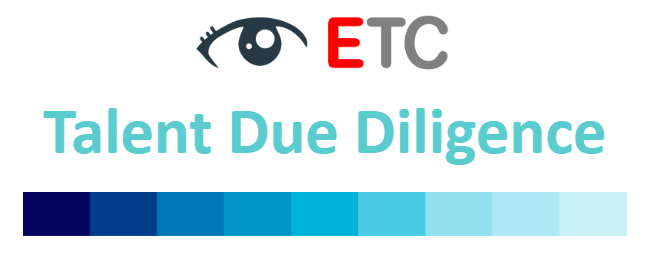Talent Due Diligence in a merger and acquisition deal – Service Description
Elena Beguerisse – Worldwide ETC Partner in charge
Performing Talent Due Diligence in a merger and acquisition deal can be challenging due to various factors. Talent Due Diligence involves assessing the human resources, capabilities, and potential risks associated with the target company’s workforce.
Here are some of the critical challenges involved:
-
Data Availability and Quality: Obtaining accurate and comprehensive data about the target company’s employees, including their skills, experience, compensation, and performance, can be challenging. Data may be scattered across different systems and may only sometimes be up-to-date.
-
Integration Complexity: Assessing the compatibility of the two organizations’ cultures, values, and management styles can be complex. Aligning different corporate cultures and ensuring a smooth integration of talent post-acquisition is a significant challenge.
-
Employee Morale and Retention: The uncertainty surrounding an M&A deal can lead to employee concerns about job security and prospects. Talent Due Diligence must consider the risk of talent attrition during and after the deal.
-
Legal and Compliance Issues: Ensuring compliance with labor laws, contracts, and agreements is critical. Overlooking legal obligations related to employee contracts, benefits, or labor unions can result in legal challenges.
-
Benefits and Compensation Alignment: Harmonizing compensation structures, benefits packages, and equity plans can be complex, especially when there are disparities between the acquiring and target companies.
-
Hidden Talent Risks: Identifying potential talent risks, such as key employees with critical knowledge who may leave post-acquisition, is challenging. Some employees may hold critical knowledge that is soon apparent.
-
Cultural Fit and Change Management: Assessing the cultural fit between the two organizations and managing the necessary cultural changes can be challenging. Resistance to change can impact talent retention and productivity.
-
Skillset Gaps: Identifying gaps in skillsets and capabilities between the two organizations and developing strategies to bridge those gaps is essential for a successful integration.
-
Global Talent Considerations: In international M&A deals, navigating different labor laws, regulations, and cultural norms across regions can be challenging. Managing a global workforce may require specialized expertise.
-
Data Privacy and Security: Handling sensitive employee data during the Due Diligence process requires strict adherence to data privacy laws. Mishandling data can lead to legal and reputational risks.
-
Communication and Employee Engagement: Maintaining open and effective communication with employees throughout the M&A process is crucial. Poor communication can lead to uncertainty, anxiety, and decreased employee morale.
-
Time Constraints: Due Diligence processes are often time-sensitive, and the need to complete the assessment quickly can put pressure on the thoroughness of the evaluation.
-
Talent Redundancy: Identifying roles or functions that may become redundant after the acquisition and making decisions about layoffs or redeployment can be sensitive and challenging.
-
Financial Considerations: Balancing the deal’s financial aspects, such as cost savings through workforce optimization, with the need to retain key talent can be a delicate process.
-
Post-Integration Monitoring: Monitoring and managing talent integration and cultural alignment is an ongoing challenge once the acquisition is complete.
To address these challenges, organizations involved in M&A transactions should engage experienced HR and legal professionals, conduct comprehensive Due Diligence, communicate transparently with employees, and develop robust integration plans prioritizing talent retention and cultural alignment.
Additionally, seeking external expertise from consultants or advisors with M&A experience can be beneficial in navigating the complexities of Talent Due Diligence in M&A deals.
Methodology for Talent Due Diligence in a Merger and Acquisition
Talent due diligence is critical to any successful merger and acquisition (M&A) strategy. This methodology outlines a detailed process for conducting talent due diligence, ensuring that the human capital within the target organization is thoroughly assessed and integrated effectively. The methodology is divided into phases and provides a breakdown of activities within each phase.
Phase 1: Pre-Engagement Preparation
1.1 Define Objectives and Scope
-
Clarify the goals of talent due diligence.
-
Determine the scope, including which departments and positions are critical for assessment.
1.2 Assemble Due Diligence Team
-
Form a cross-functional team with expertise in HR, legal, finance, and operations.
-
Appoint a team leader responsible for project coordination.
1.3 Review Legal and Compliance Framework
-
Understand relevant labor laws, regulations, and contractual obligations.
-
Identify potential legal and compliance risks related to employees.
Phase 2: Information Gathering
2.1 Data Request and Collection
-
Prepare a comprehensive request for employee-related data, including contracts, compensation, benefits, and performance reviews.
-
Collect all relevant documentation and records from the target organization.
2.2 Interviews and Employee Surveys
-
Conduct ETC Interview confidential interviews with key employees.
-
Administer employee ETC Interviews to gauge engagement, morale, and potential concerns.
2.3 HR Policies and Practices Assessment
-
Evaluate HR policies and practices for alignment with industry standards and best practices.
-
Assess the efficiency and effectiveness of HR processes.
Phase 3: Talent Analysis and Evaluation
3.1 Talent Mapping
-
Create an organizational chart to map key roles and responsibilities.
-
Identify high-potential employees and critical positions.
3.2 Skill and Competency Assessment
-
Evaluate employees’ skills, competencies, and qualifications in leadership roles.
-
Assess alignment with the acquiring organization’s talent requirements.
3.3 Culture and Integration Assessment
-
Analyze the target organization’s culture and compare it to the acquiring organization’s culture.
-
Identify potential cultural clashes and integration challenges.
3.4 Employee Performance and Productivity
-
Review employee performance data, KPIs, and productivity metrics.
-
Assess any performance-related issues and opportunities for improvement.
Phase 4: Risk and Cost Analysis
4.1 Identify Risks and Liabilities
-
Identify employee-related risks, such as pending lawsuits, labor disputes, or union agreements.
-
Assess potential financial liabilities for employee benefits, pensions, or severance packages.
4.2 Cost-Benefit Analysis
-
Estimate the costs associated with retaining or replacing key employees.
-
Assess the potential benefits and synergies of retaining talent post-acquisition.
Phase 5: Integration Planning
5.1 Talent Integration Strategy
-
Develop a comprehensive talent integration plan.
-
Determine which employees will be retained, transitioned, or terminated.
5.2 Communication and Change Management
-
Create a communication plan for informing employees about the M&A process and integration plans.
-
Implement change management strategies to facilitate a smooth transition.
5.3 Legal and HR Compliance
-
Ensure compliance with labor laws and regulations during the integration process.
-
Address any legal or contractual obligations with employees.
Phase 6: Reporting and Documentation
6.1 Due Diligence Report
-
Compile all findings, assessments, and recommendations into a comprehensive due diligence report.
-
Include an executive summary, risk analysis, and integration strategy.
6.2 Presentation to Stakeholders
-
Present the findings and recommendations to key stakeholders, including executives and board members.
6.3 Documentation and Archiving
-
Maintain a secure archive of all due diligence documentation for legal and compliance purposes.
Phase 7: Post-Acquisition Talent Management
7.1 Talent Retention
-
Implement the talent integration plan, focusing on retaining key employees.
-
Continuously monitor and support the adjustment of employees to the new organization.
7.2 Performance Tracking
-
Regularly assess the performance and productivity of integrated employees.
-
Provide feedback, coaching, and development opportunities as needed.
7.3 Ongoing Talent Development
-
Plan and execute talent development initiatives to support career growth and skill enhancement.
Conclusion
This talent due diligence methodology provides a structured approach to assessing and integrating talent during the merger and acquisition process. By following this methodology, organizations can mitigate risks, optimize talent retention, and maximize the benefits of a successful M&A transaction.
contact us – elena@etc-ai.com


